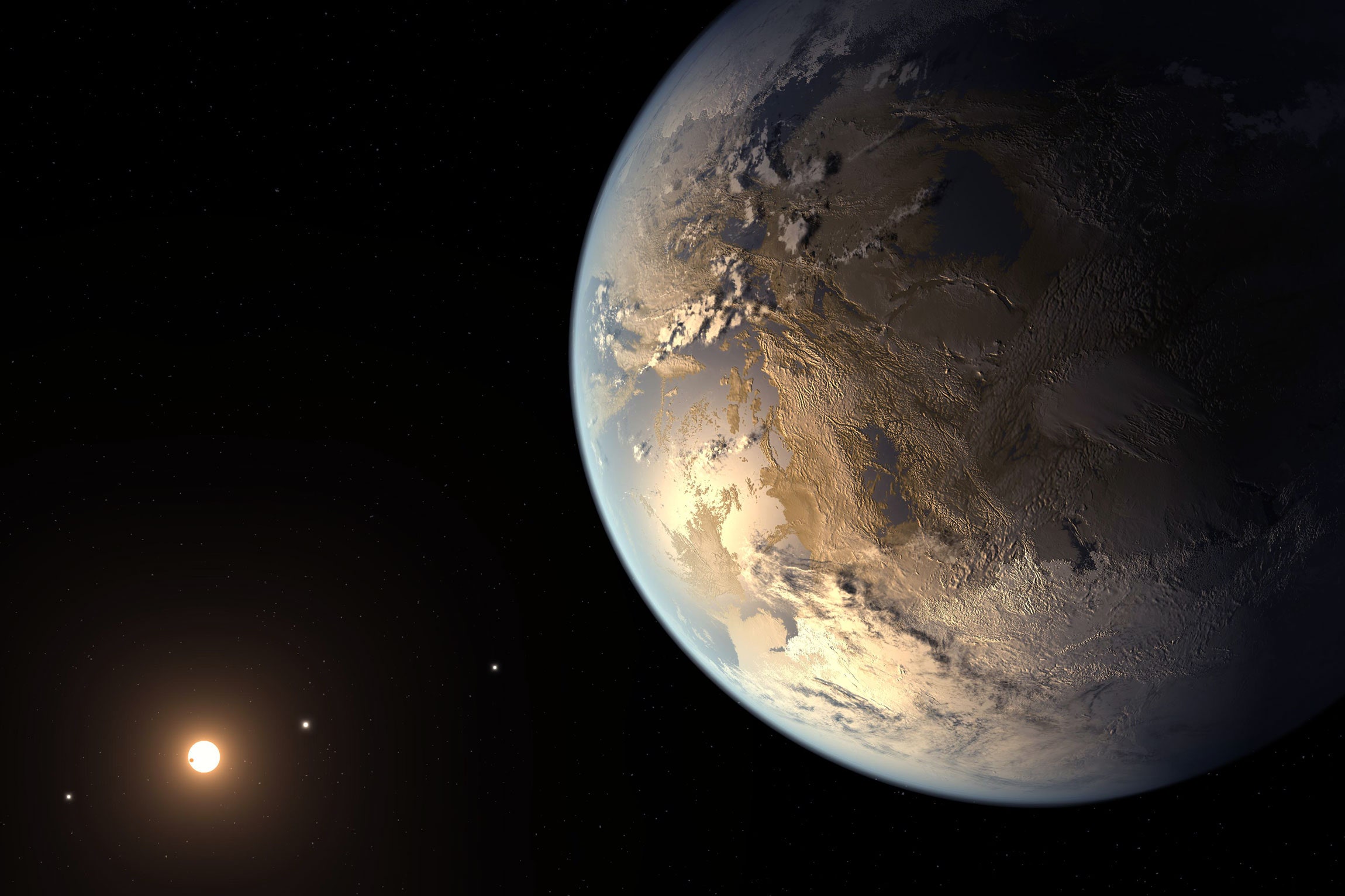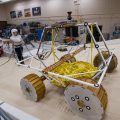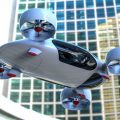
A team of NASA scientists has begun to develop the concept of a detailed survey of the planet’s surface from another solar system using gravitational lensing.
List of recent National Office grantsUS Aeronautics and Space Exploration Committee is reminiscent of a science fiction story, as it includes a project to turn a lunar crater into a giant radio telescope, development of a moderation system for an interstellar antimatter spacecraft, and mapping of small bodiesSolar system.
This list also includes a NASA Jet Propulsion Laboratory program that wants to photograph the exoplanet using our star as a giant camera lens.
The huge gravity of the sun can performlens function, refracting light from other stars. According to the theory of Albert Einstein, if the observer is in the focal region where the curved rays converge, such a gravitational lens should significantly enhance all the radiation behind it.
NASA astrophysicists plan to use thisthe effect and the space telescope, which will be sent to a distance of 97 billion km from the Sun to photograph Earth-like exoplanets located 100 light years from us.
According to scientists, sending an aircraftThe device into the desired area will allow you to get a megapixel quality image after several years of shooting. Although each pixel will correspond to 35 km2, this will be enough to determine the features of the surface of planets and signs of life on them.
Despite the apparent simplicity of the project,There are a number of technical difficulties. The main problem is the focal length, which is 16 times further than Pluto, so the device will need more than 25 years, only to get there.
After that, the telescope will need to find a point,where the light from the exoplanet will be focused as clearly as possible. This may be a radiation flux of 1 km in diameter, which will need to be precisely determined. Since the device will be small, it will need to constantly move in this zone in order to capture as accurately as possible one pixel of the surface image from each position.
In recent years other countries have alsohave begun to actively develop their space programs. For example, the EU is funding the development of giant orbital mirrors that will reflect light onto solar farms at night.
</p>


